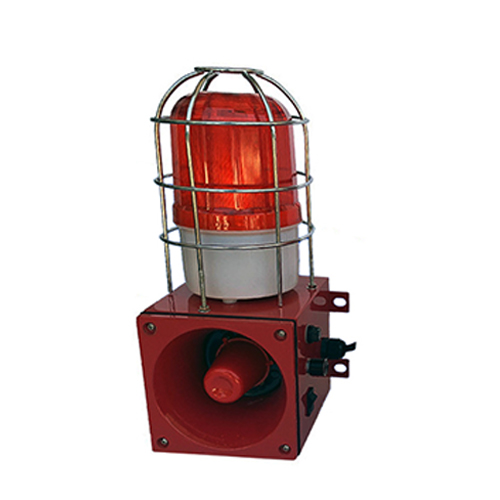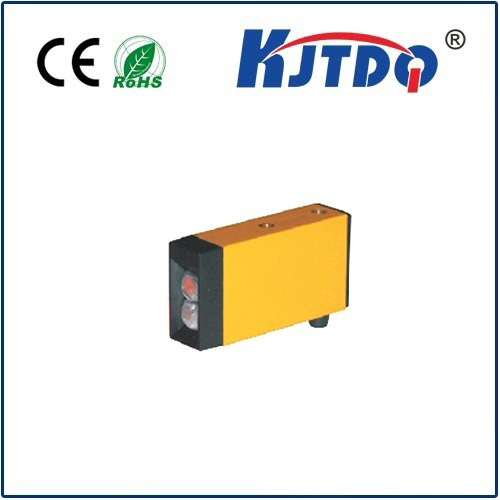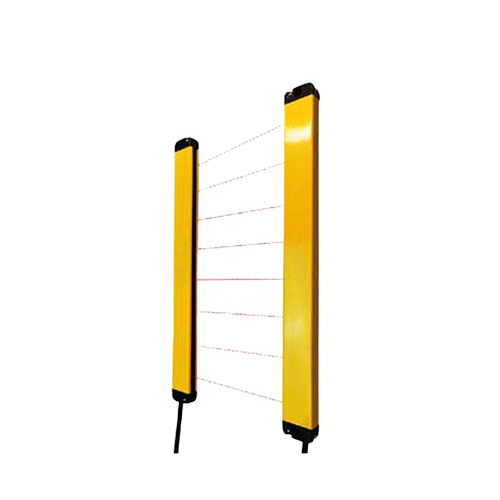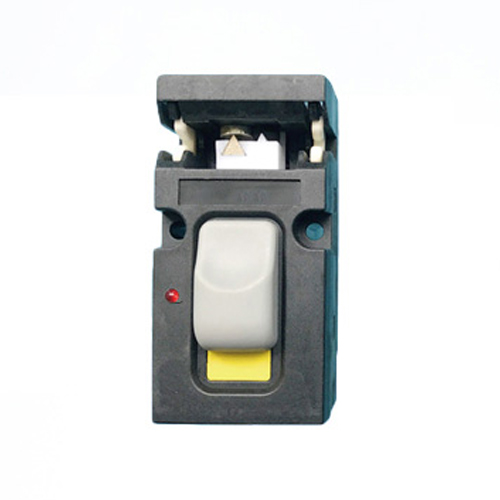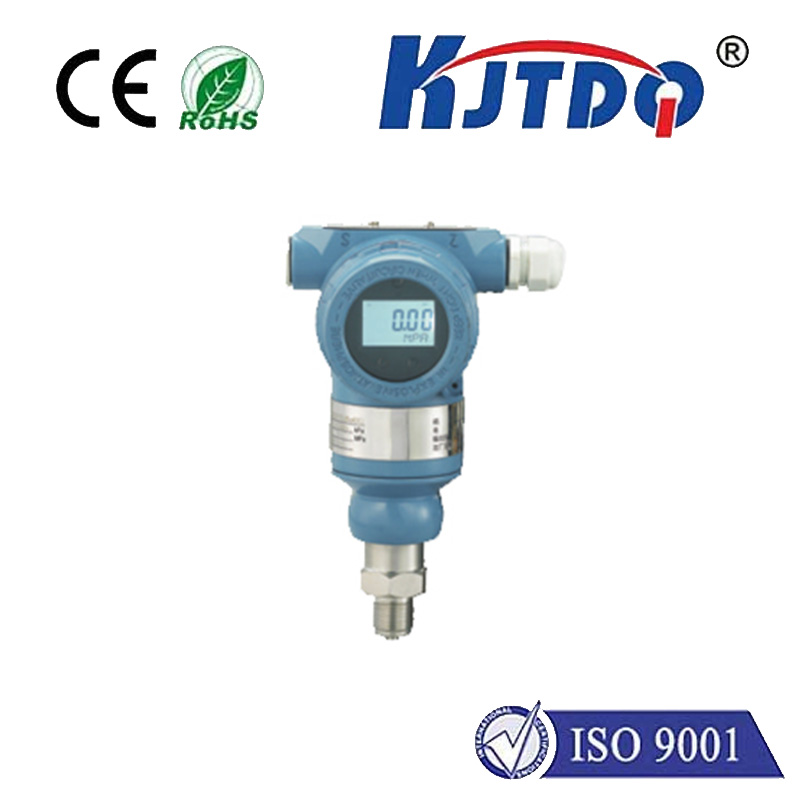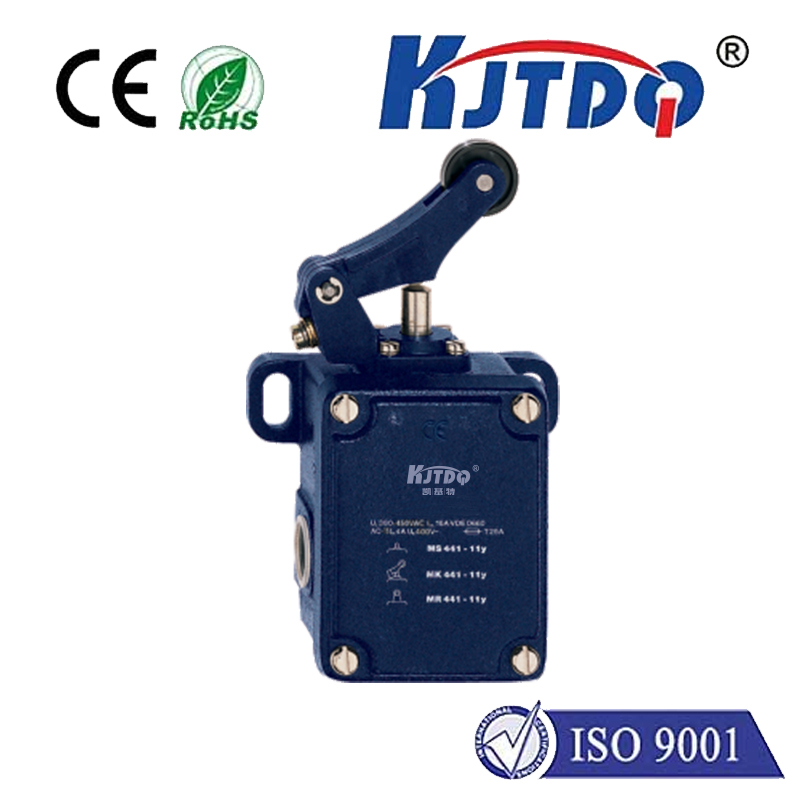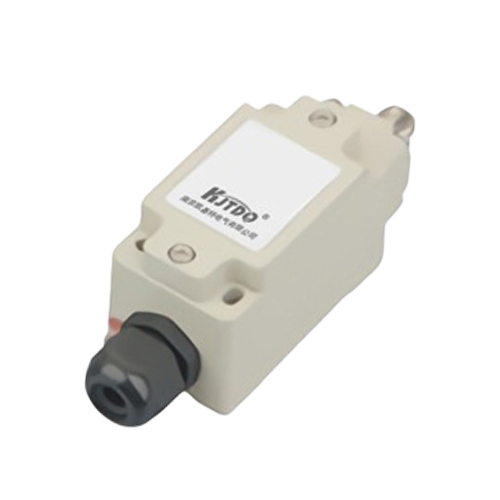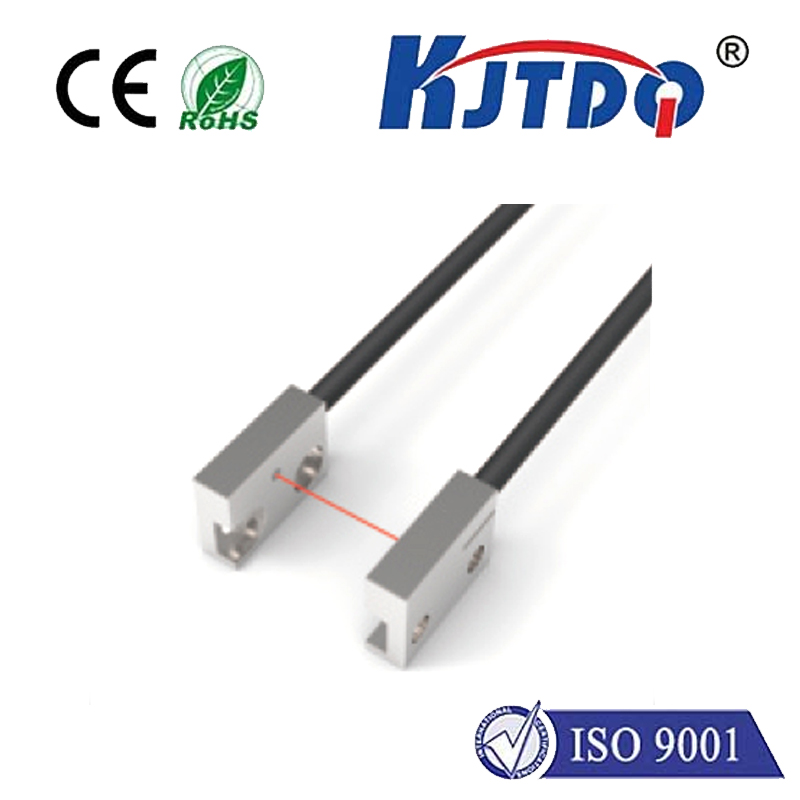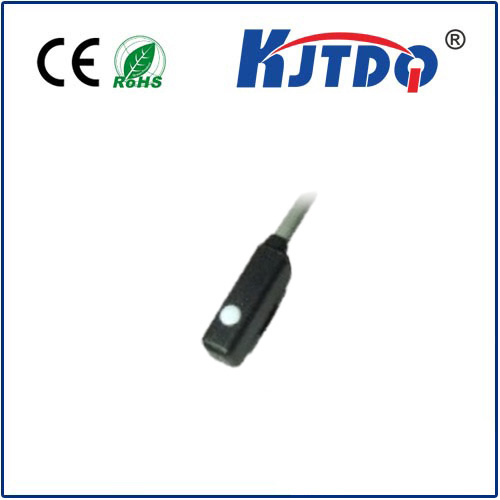0 10v temperature sensor
- time:2025-08-20 02:04:55
- Нажмите:0
Unlocking Simplicity & Reliability: The Essential Guide to 0-10V Temperature Sensors
Imagine a sprawling manufacturing facility humming with activity. Precisely controlling the environment is critical – for product quality, equipment performance, and energy efficiency. Among the myriad sensors silently working behind the scenes, a specific type stands out for its straightforward elegance: the 0-10V temperature sensor. This unassuming device translates the invisible dance of thermal energy into a universally understood electrical language, proving that simplicity is often the ultimate sophistication in industrial automation and building control.
So, what exactly is a 0-10V temperature sensor? At its core, it’s a transducer designed to measure ambient or process temperature and convert that reading into a proportional analog voltage signal. As the name explicitly states, this signal varies linearly between 0 Volts (representing the sensor’s minimum measurable temperature) and 10 Volts (representing its maximum measurable temperature). This elegant voltage output sensor format provides a direct, continuous representation of temperature change.
Why does the 0-10V standard hold such enduring relevance? Its power lies in its inherent advantages:

- Intuitive Simplicity: The 0-10V scale is incredibly easy to grasp. Engineers, technicians, and system integrators readily understand the relationship: 0V = cold, 10V = hot, and everything in between scales proportionally. This reduces setup time and minimizes configuration errors.
- Robust Compatibility: Countless legacy and modern control systems, programmable logic controllers (PLCs), data loggers, and building management systems (BMS) are equipped to receive and interpret a 0-10V analog input. This widespread compatibility makes integration seamless across diverse platforms.
- Cost-Effectiveness: Compared to more complex digital communication protocols requiring specialized interfaces or complex wiring (like RS-485 or Ethernet-based solutions), 0-10V sensor circuits are generally simpler and utilize common, less expensive cabling (often shielded twisted pair).
- Noise Resilience & Long-Distance Suitability: While any analog signal can theoretically be susceptible to electrical noise, the 0-10V range offers a relatively high signal level. This provides a better signal-to-noise ratio compared to lower voltage signals, making it more robust for runs spanning hundreds of feet, especially when using proper shielded cable. While 4-20mA current loops offer superior noise immunity for very long distances, 0-10V is excellent for typical building and factory floor applications.
- Visual Verification: A simple multimeter measurement at the controller input instantly reveals the sensor’s reading, facilitating quick troubleshooting and commissioning checks – a task more complex with digital protocols requiring specialized software.
Understanding the Inner Workings
A typical 0-10V temperature sensor comprises several key components:
- Sensing Element: This is the core technology (e.g., thermistor, RTD - Resistance Temperature Detector, or sometimes a semiconductor sensor) that physically reacts to temperature changes by altering its electrical resistance or voltage.
- Signal Conditioning Circuitry: This critical stage converts the raw, often non-linear, output from the sensing element into a precise, linear analog voltage signal specifically scaled between 0 and 10 Volts DC. It ensures accuracy and stability over the operating range.
- Protection & Connection: Housing protects the electronics from environmental factors (moisture, dust, chemicals). Output terminals (or a pre-wired cable) provide the voltage output connection, typically requiring a 2-wire connection (power + signal ground, though some may require a separate power input).
Where Do 0-10V Temperature Sensors Shine?
Their blend of simplicity, robustness, and cost-effectiveness makes them ideal for numerous applications:
- HVAC Systems: The undisputed king application. They monitor air temperature for zone control, duct temperature for supply air regulation, chilled/hot water temperature for plant efficiency, and outside air temperature for economizer cycles. Their widespread use in HVAC systems is a testament to their reliability in critical comfort and energy management.
- Industrial Process Monitoring: Used for non-critical temperature monitoring in machinery, tanks, ambient factory areas, and processes where extreme precision isn’t required, but robust and reliable data is essential.
- Building Automation Systems (BAS): Monitoring temperatures in various spaces for comfort control, energy saving strategies, and equipment protection across commercial buildings.
- Greenhouses & Environmental Chambers: Providing reliable temperature feedback for climate control systems crucial to plant growth or testing environments.
- Data Centers: Monitoring ambient intake and exhaust air temperatures within server racks and rooms.
Comparing the Analog Landscape: 0-10V vs. 4-20mA
While both are analog standards, 4-20mA sensors (current loop) have distinct differences often driving the choice:
- Noise Immunity: 4-20mA signals are inherently more immune to electrical noise, especially over very long cable runs (thousands of feet), as the current is less affected by voltage drops and interference than a voltage signal.
- Wire Break Detection:А.4 - 20 мА loop inherently signals a fault condition if the current drops to 0mA (indicating a broken wire or sensor failure). A 0-10V sensor at 0V could indicate the coldest temperature OR a fault (like a broken wire or loss of power), requiring additional logic for fault detection.
- Power: 4-20mA sensors are often loop-powered, meaning they draw power directly from the current loop signal wires, simplifying wiring (2-wire system). 0-10V sensors typically require a separate dedicated power supply (3-wire system: +V, Signal, Common/Ground).
Choosing between them often boils down to: Need maximum noise immunity for very long runs or easy wire break detection? 4 - 20 мА might be better. Prioritizing simplicity, lower cost for shorter runs, and compatibility with legacy HVAC systems? The 0-10V temperature sensor is often the preferred solution.
Implementation Considerations: Getting the Most from Your Sensor
To maximize accuracy and longevity:
- Sensor Placement: Install the sensor where it truly represents the temperature you need to measure. Avoid heat sources, drafts, direct sunlight, or cold spots. Ensure good thermal contact if measuring surface or liquid temperatures with probe types.
- Wiring Best Practices: Use shielded twisted pair cable and ground the shield at one end only (typically the controller end) to minimize electromagnetic interference (EMI) pickup. Keep sensor wiring runs away from power cables and noisy equipment.
- Power Supply Stability: A stable, clean DC power source is essential for the sensor’s signal conditioning circuitry to provide an accurate voltage output.
- Calibration & Configuration: While generally stable, periodic calibration against a known standard is recommended for critical applications. Crucially, ensure the receiving controller (PLC, BMS) is correctly scaled to interpret the 0-10V signal over the sensor’s specific temperature range (e.g., 0V = 0°C, 10V = 50°C; or 0V = -20°C, 10V = 80°C).
Troubleshooting Essentials
If readings seem inaccurate or unstable:
- Verify Power: Confirm the sensor is receiving its required supply voltage.
- Check Connections: Inspect for loose wires, corrosion, or damage at both the sensor and controller terminals.
- Measure the Output: Use a multimeter directly at the sensor’s output terminals. Does the measured voltage change logically with temperature? Compare it to the actual temperature.
- Inspect Wiring: Look for signs of damage, pinch points, or proximity to noise sources. Test cable integrity if possible.
5.

